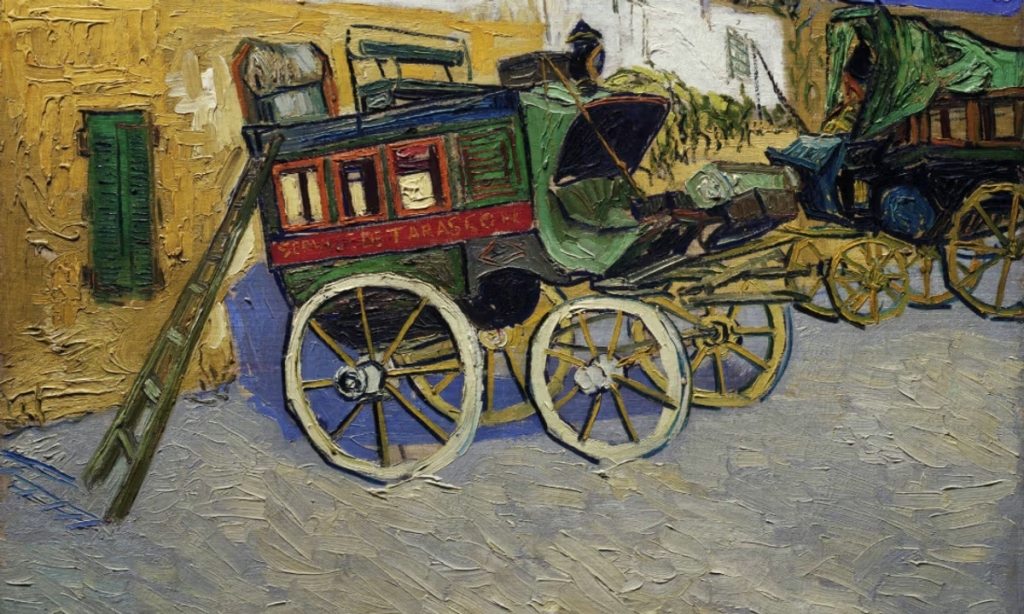Van Gogh’s Tarascon Stagecoach (October 1888) is the finest of the 63 works being donated by the Henry and Rose Pearlman Foundation to three of America’s leading museums. The painting will be unveiled in a presentation at the Los Angeles County Museum of Art (LACMA) (22 February-5 July 2026) and later travel to the Brooklyn Museum of Art (autumn 2026) and New York’s Museum of Modern Art (2027), with the rest of the collection.
Henry Pearlman’s Manhattan office (around 1960) with Tarascon Stagecoach and Amedeo Modigliani’s Jean Cocteau (1916)
Henry and Rose Pearlman Foundation
Tarascon Stagecoach, which was painted in Arles, depicts a horse-drawn coach in the yard of the Auberge de la Poste, in the boulevard that surrounds the city’s ramparts. This was where the coach would regularly set off for Tarascon, a town 15km to the north. Van Gogh had visited Tarascon at least once, a few months before he painted the work, likely on the same vehicle he depicted or a similar one.
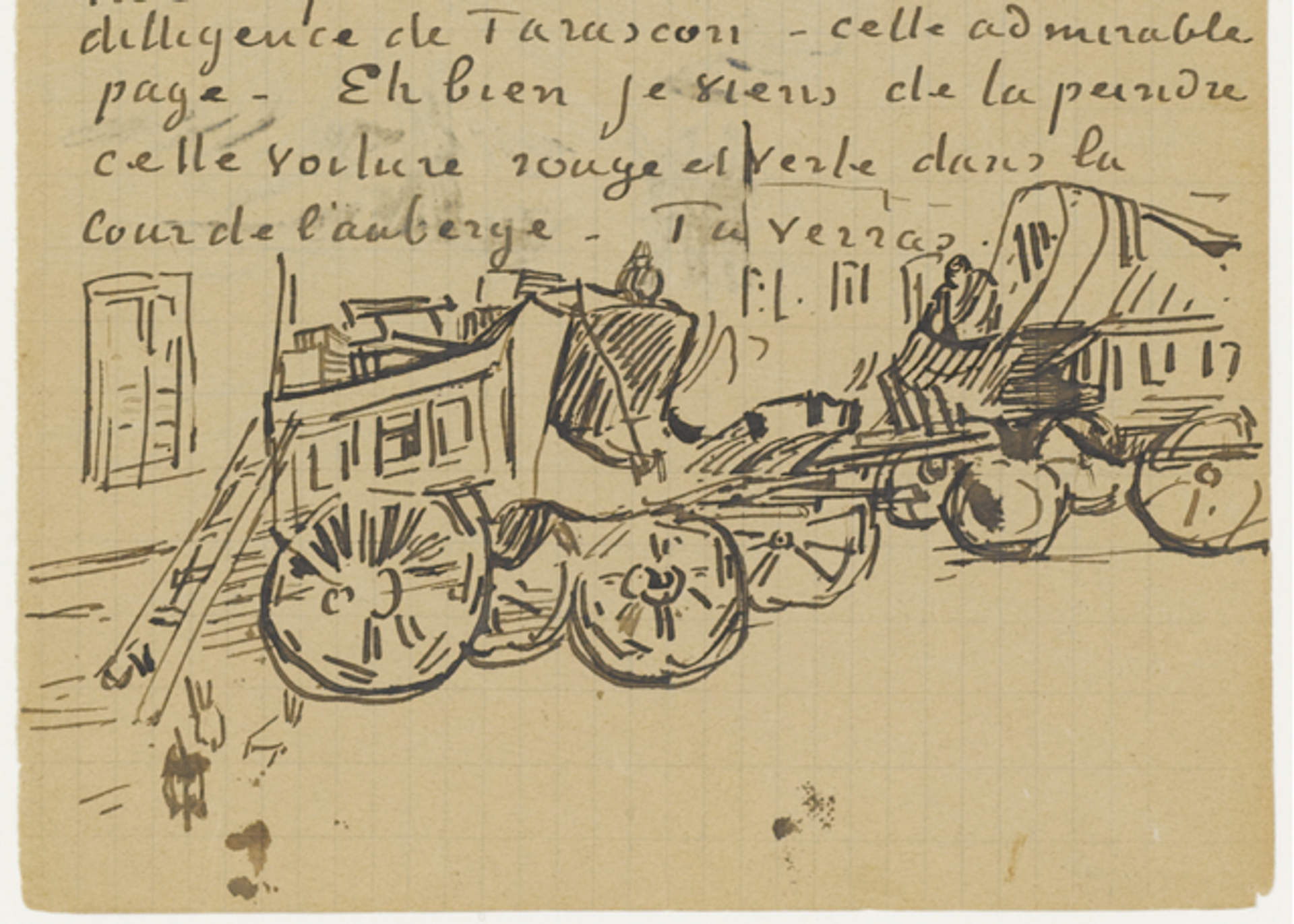
Sketch of Tarascon Stagecoach in Vincent’s letter to Theo, 13 October 1888
Van Gogh Museum, Amsterdam (Vincent van Gogh Foundation)
On 13 October 1888 Vincent sketched the painting in a letter to his brother Theo. He described its colours: “Simple foreground of grey sand. Background very simple too, pink and yellow walls with windows with green louvred shutters, corner of blue sky. The two carriages very colourful: green, red, wheels yellow, black, blue, orange.” The pink pigment of the wall has now faded to almost white.
Vincent confided in his brother that he was exhausted: “I’m knocked out from painting this Tarascon diligence [coach], and I can see that I haven’t a head fit for drawing. I’m off to have supper.“
That month Van Gogh was reading a book by one of his favourite French writers, Alphonse Daudet’s Tartarin de Tarascon (1872). This satirical novel, mocking the inhabitants of Tarascon, includes a chapter in which an old stagecoach “speaks” of its hard life.
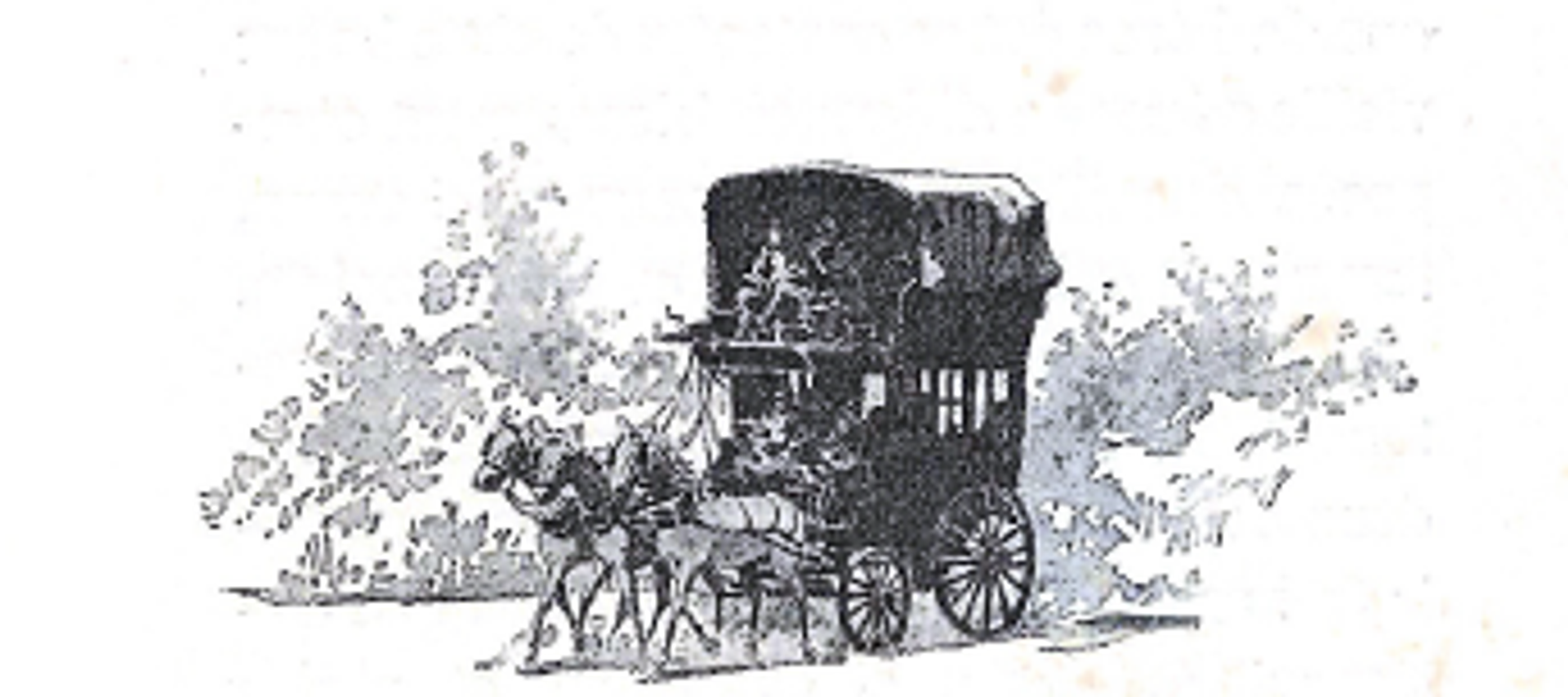
Illustration in Alphonse Daudet’s Tartarin de Tarascon (1887)
Guillaume, Paris
Van Gogh was pleased with his painting and a year later he promised Theo that he would make a copy of it, although he never did. Theo later left the original version with the avant-garde Parisian art dealer Père Julien Tanguy.
In the early 1890s, Tanguy (or his widow) sold the picture to the progressive Italian sculptor Medardo Rosso, who was living in Paris. Rosso is said to have first hung it in his studio, but he received so much criticism from his colleagues that he banished it to the attic.
In 1895 Rosso’s friend, the Uruguayan artist Milo Beretta, was about to leave Paris for Montevideo when he was given Tarascon Stagecoach. This was therefore the first Van Gogh to go to the Americas, both North and South. It would not be until 17 years later that the first Van Gogh works came to the United States.
After Beretta’s death in 1935 Tarascon Stagecoach passed to his six daughters, who stored it in a bank vault. In 1946 they sold the Van Gogh to an Argentinian dealer, Paula de Koenigsberg.
From here the work was acquired by Henry Pearlman, whose foundation is now set to donate it to LACMA. The self-made New York entrepreneur made his fortune from refrigeration services and, after the Second World War, became a major collector of Impressionism, Post-Impressionism and Expressionism. He purchased Tarascon Stagecoach in 1950, and later recounted how this happened.
According to Pearlman, he met the work’s dealer and 90 minutes later a complicated deal was struck. A cash payment was agreed and in addition the dealer “wanted four genre paintings that I was glad to dispose of, two Renoirs that were not too important to me”, plus a Soutine that had been seen hanging in his office.
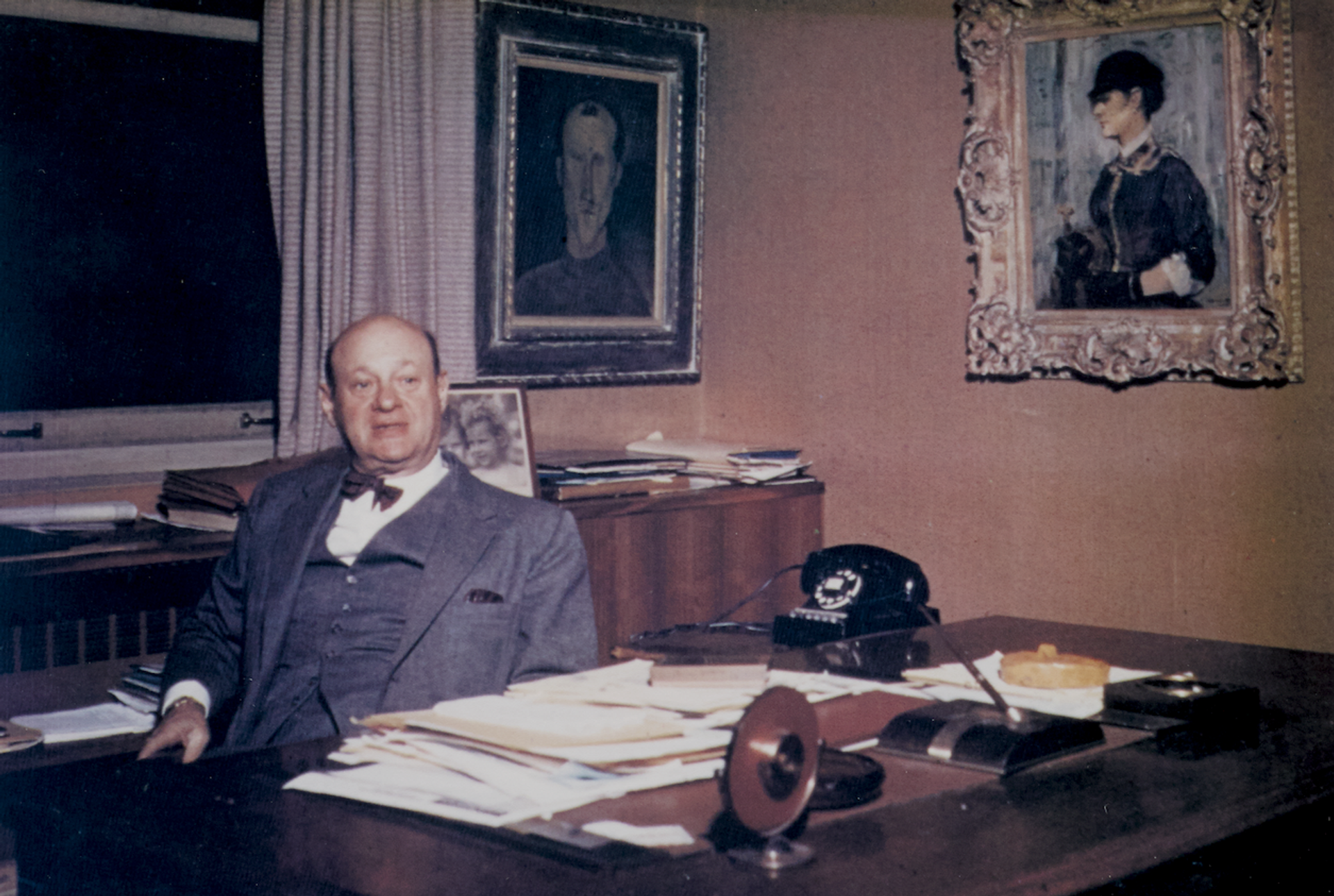
Henry Pearlman in his New York office (1950s), with Modigliani’s Léon Indenbaum (1916) and Edouard Manet’s Young Woman in a round Hat (1877-78)
Henry and Rose Pearlman Foundation
On Pearlman’s death in 1974 his paintings passed to the Henry and Rose Pearlman Foundation. For nearly 50 years they were lent as a group to the Princeton University Art Museum. Periodically the collection was toured, going to Oxford, Aix-en-Provence, Atlanta and Vancouver in 2014-16.
The foundation has now decided to donate the works to three American museums: six to LACMA (including the Van Gogh), 29 to the Brooklyn Museum of Art and 28 to New York’s Museum of Modern Art (MoMA). Initially all 63 works will be presented together for a few months at each venue, then they will then usually be hung in each of the museums’ permanent collections.
Martin Bailey is a leading Van Gogh specialist and special correspondent for The Art Newspaper. He has curated exhibitions at the Barbican Art Gallery, Compton Verney/National Gallery of Scotland and Tate Britain.
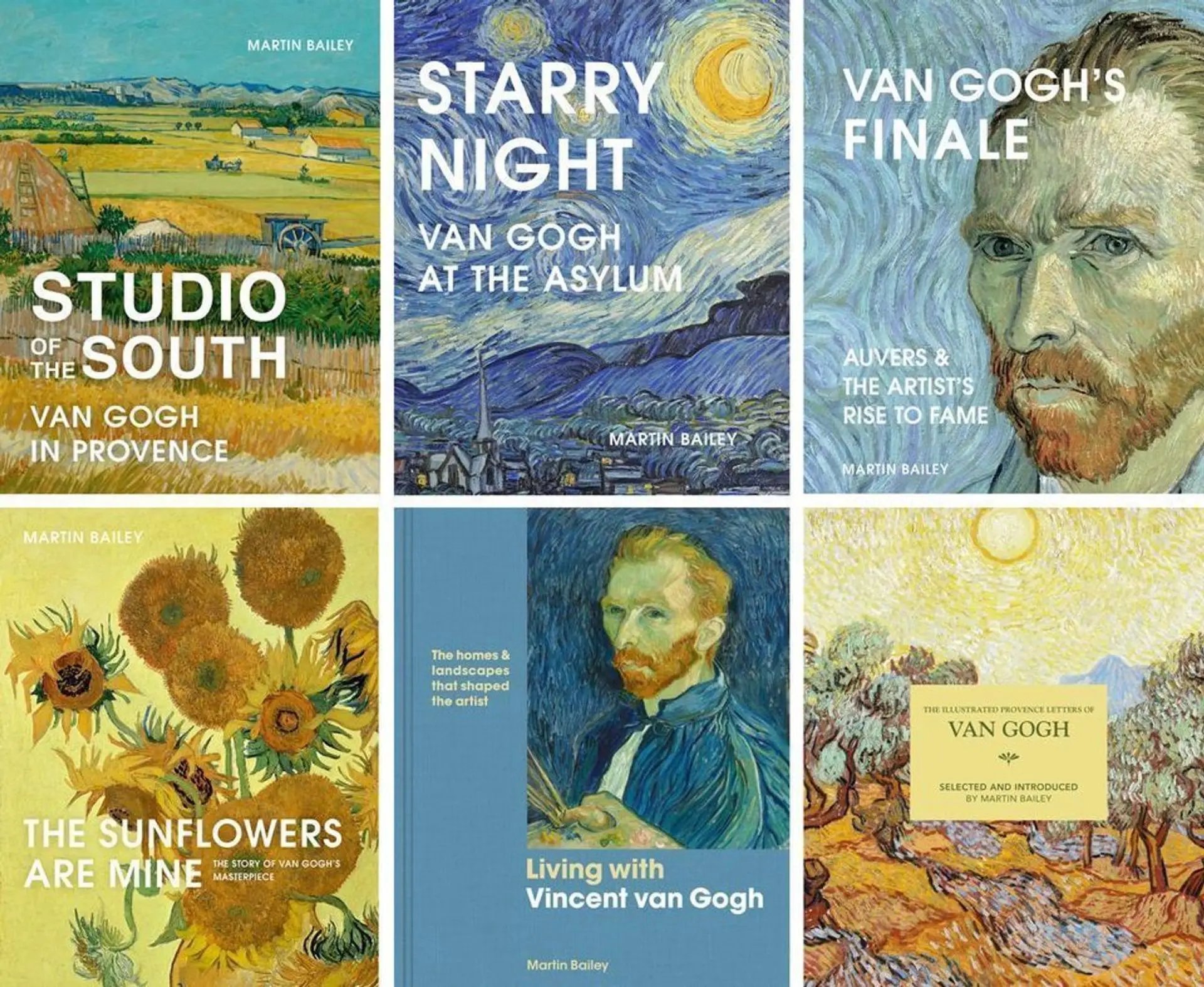
Martin Bailey’s recent Van Gogh books
Martin has written a number of bestselling books on Van Gogh’s years in France: The Sunflowers Are Mine: The Story of Van Gogh’s Masterpiece (Frances Lincoln 2013, UK and US), Studio of the South: Van Gogh in Provence (Frances Lincoln 2016, UK and US), Starry Night: Van Gogh at the Asylum (White Lion Publishing 2018, UK and US) and Van Gogh’s Finale: Auvers and the Artist’s Rise to Fame (Frances Lincoln 2021, UK and US). The Sunflowers are Mine (2024, UK and US) and Van Gogh’s Finale (2024, UK and US) are also now available in a more compact paperback format.
His other recent books include Living with Vincent van Gogh: The Homes & Landscapes that shaped the Artist (White Lion Publishing 2019, UK and US), which provides an overview of the artist’s life. The Illustrated Provence Letters of Van Gogh has been reissued (Batsford 2021, UK and US). My Friend Van Gogh/Emile Bernard provides the first English translation of Bernard’s writings on Van Gogh (David Zwirner Books 2023, UKand US).
To contact Martin Bailey, please email [email protected]
Please note that he does not undertake authentications.
Explore all of Martin’s adventures with Van Gogh here
